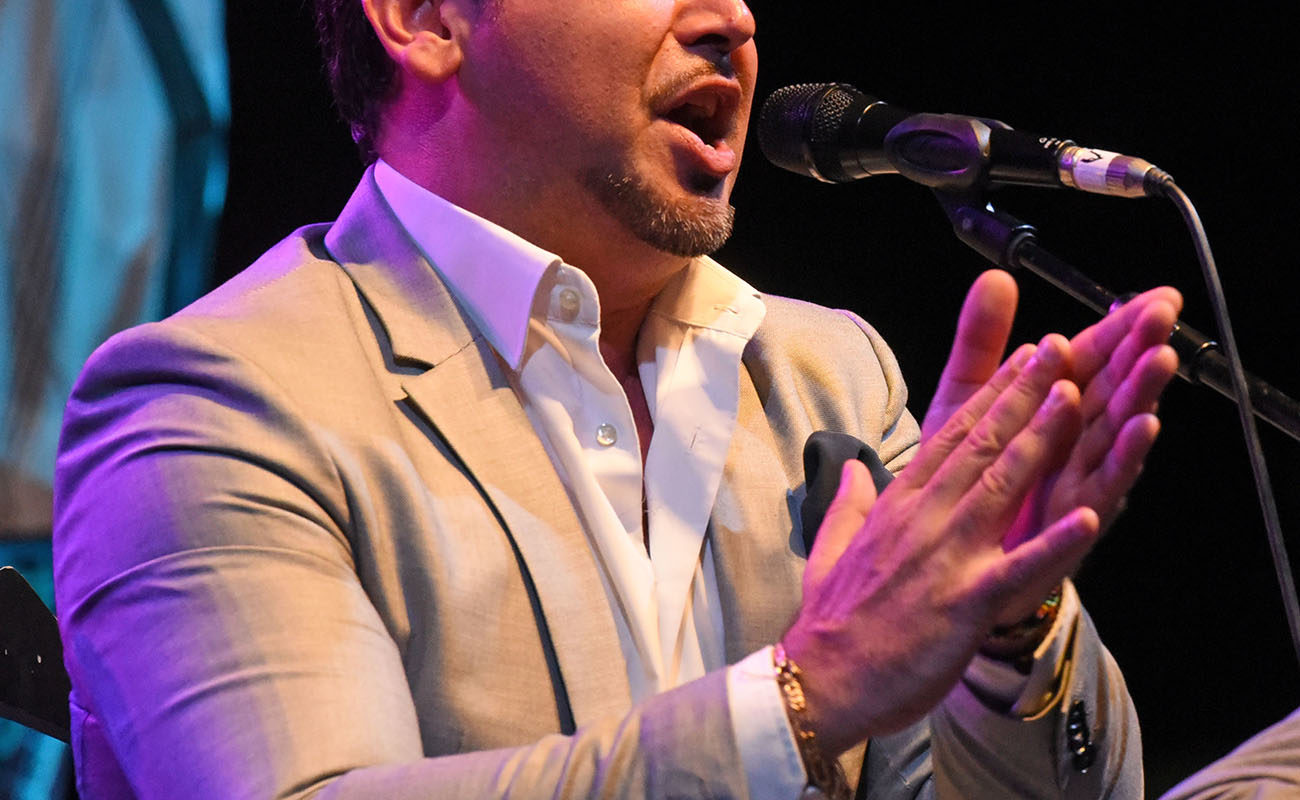Schools of cante
Tomás believed that it was possible to teach cante or, at least, polish the styles, because trying to teach someone without natural talent is almost impossible. He knew that a cantaor should have a burning flame inside, but he thought that it was possible to train cantaores with wise advice.

One day, Naranjito de Triana called me at home asking me to pay him a visit at the Fundación de Flamenco Cristina Heeren, where he taught cante. “I want you to listen to this girl from Finland, so you can see that cante can be taught”, he told me. I went to listen to this Finnish girl, but her singing deserved a fine. I mean, she had merit, considering where she was from, but her soleá wasn’t good at all. Yet, Naranjito was proud of his work in that school and he was in favor of having academies of cante. That was also the case of Ramón el Ollero, cantaor from Triana, who in the early 1900s taught cante at his home on Palomas street, in the heart of Seville’s La Feria district. Since he could no longer sing, he earned a few pesetas teaching young men and women how to sing.
Tomás Pavón did the same thing in the academy of her sister-in-law Eloísa Albéniz. According to Eloísa, whom I met when she was already 90 years old, some young cantaores from La Alameda and all that area of Seville would go there so Tomás could help them with some basic cantes. Tomás also believed that it was possible to teach cante or, at least, polish the styles, because trying to teach someone without natural talent is almost impossible. Tomás would listen to them and would point out right away when they were not breathing properly or when they were going offbeat. Let’s not forget that this youngest sibling of the Pavón family was a big fan of classical music, particularly Chopin. He knew that a cantaor should have a burning flame inside, as in any other art genre, but he thought that it was possible to train cantaores with lectures and wise advice.
Fernando El Herrero visited Chacón at his house, asking for help in one single cante, the caracoles. «Look, Fernando, your style is better suited for cabrillas instead»
Nowadays, is not just flamenco schools that are trendy, but also courses of cante, taught by artists or by good aficionados. Yet, as far as I know, there are no municipal schools of cante in places with a long tradition of cantaores, such as Mairena del Alcor, for example. In that town there are no children cantaores and in a couple of decades there will be no new cantaores or cantaoras. Some come up now and then, such as José de la Mena and Manuel Castulo, but there are not many. Juan Antonio Ramírez, cantaor from Seville now living in Mairena, has his own school, but there isn’t any free, public school for aspiring cantaores, or even any plan to create one.
There is a funny story about this involving two cantaores: an older one, Chacón, and a younger one Fernando el Herrero, from Cabezas de San Juan, near the Lebrija marshlands. When the master from Jerez lived on Seville’s Trajano street, El Herrero visited him at his house, asking for help in one single cante, the caracoles (a flamenco palo which also means snails). Chacón spent a long time with Fernando, but there was no way he could sing the caracoles properly. Exasperated, Chacón said “Look, Fernando, your style is better suited for cabrillas instead”. “Cabrillas” being the little goats so common in the Lebrija marshlands…
Translated by P. Young




